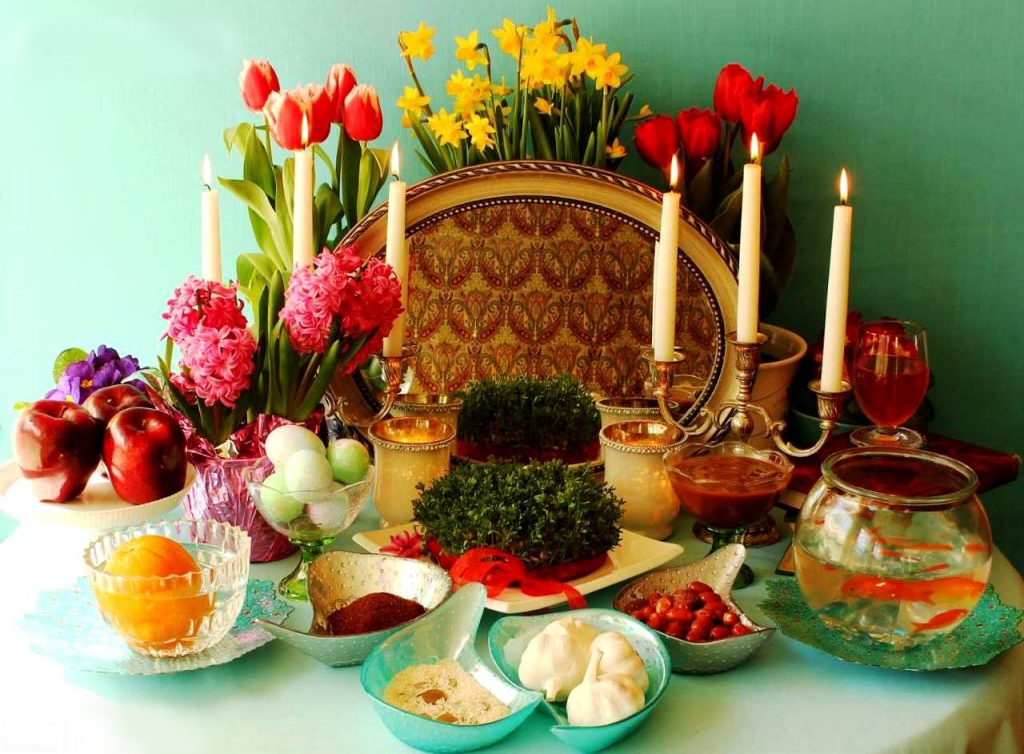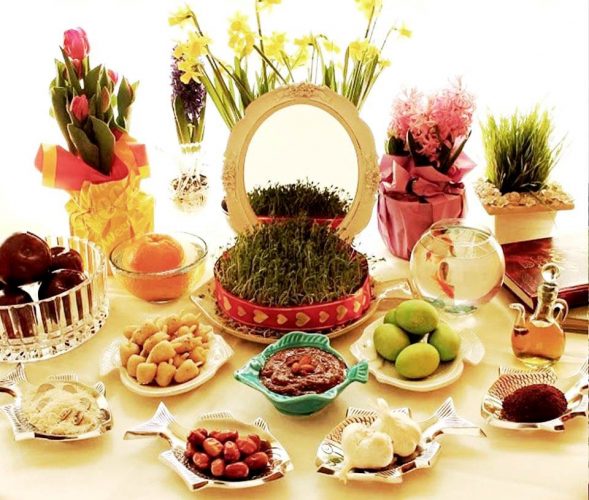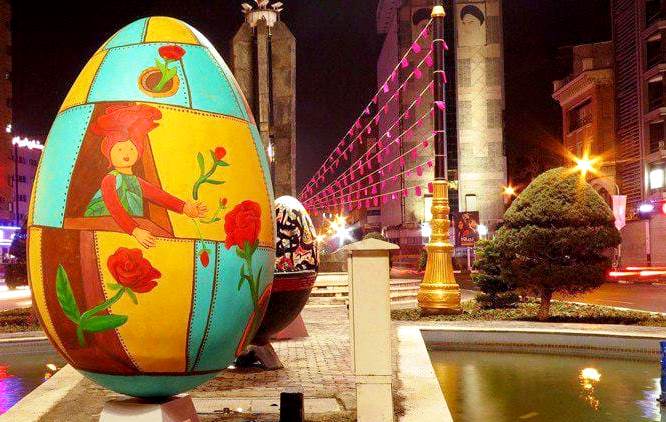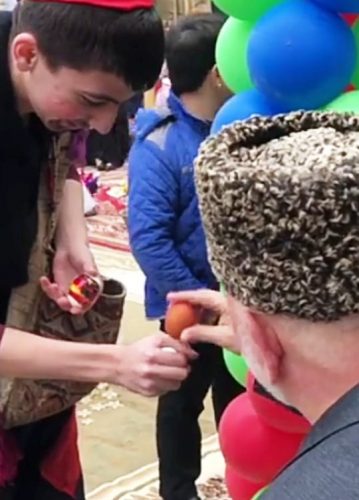On March 21, Iran celebrates Novruz - New Year!

On March 21, Iran celebrates Novruz - New Year!
In Persia, since ancient times, the countdown of the New Year began from the first days of spring. The moment when the Sun passes the corresponding point in the sky is calculated by astronomers down to the second: that is why in Iran the New Year sometimes comes at three in the morning, and sometimes at six in the morning.
Nowruz has been celebrated for 2,500 years and its roots go back to Zoroastrianism, an ancient pre-Islamic religion. But the Iranian people, after converting to Islam, did not abandon the celebration of this long tradition, also known as the Persian New Year.
These days in Iran, everyone gets a two-week holiday and goes on holiday. A lot of people go to the islands of the Persian Gulf, and at this time it is impossible to book a hotel there.
Preparing for the Nowruz holiday, Iranians dress up the traditional Haft-sin tablecloth. The tablecloth is reminiscent of the seven characters that begin with the letter "sin" in Persian:
1) Apple (Sib) - represents fruits and healthy food, should bring beauty and health to the owners. This is a symbol of Sepandarmaz - a female deity that brings health and care.
2) Sweet pudding from wheat sprouts (Samanu) - a symbol of holiness and fertility, represents gratitude to God for the food and grain given last year. It also symbolizes the Zoroastrian deity Shahrivar.
3) Wild Olive (Sanjed) - a symbol of love and the Zoroastrian deity Khordad.
4) Garlic (Syr) - a symbol of nature and traditional medicine, keeps the health of family members. It is also the symbol of Ahura Mazda, the main Zoroastrian deity.
5) Sumac - the berries of this plant, (it is believed, the color of the sun), symbolize the victory of good over evil, Ahura Mazda over Ahriman, and also serve as a symbol of the spices so beloved by the Iranians. It also symbolizes the deity Bahman, and is both a symbol of rain and a symbol of sunrise.
6) Vinegar (Serke) - a symbol of old age and wisdom, grants much-needed patience in the life of the Iranians, and also a symbol of purity. Symbolizes the Zoroastrian deity Amordad.
7) A week or two before the holiday, Iranian housewives bring wheat or lentil seeds into the house and germinate them. To Novruz green sprouts (sabze) - a symbol of rebirth (Zoroastrian deity Ordibehesht) - decorate the festive table, becoming a symbol of the eternal rebirth of nature.
There are also less ancient symbols that have recently come into use.
Coins (Seke) - as you might guess, they represent wealth.
Hyacinth (Sombol) - a symbol of spring and youth. It is customary to put as many flowers as there are children in the family.
And the most interesting (though rather modern) part of Haft-sin is goldfishsplashing in a special vase.
A book is certainly placed on the table - the Koran or a volume of Hafiz's verses ("the second Koran", in the words of the Persians). According to Hafiz, fortune telling after the onset of the New Year to find out what he will bring.
In addition, Novruz adopted paint eggs. The lady of the house is supposed to eat as many eggs as she has children. It is noteworthy that in Iran they even beat eggs in the same way as we have on Easter! And on the streets, various events and folk festivals are held.



Novruz is a holiday included in the UNESCO Intangible Cultural Heritage List.
As a public holiday Novruz is also celebrated on March 21 in Uzbekistan, Turkmenistan, Tajikistan, Azerbaijan, Albania, Kyrgyzstan, Macedonia and Turkey.
We invite you to our tour to Iran for May holidays! 3 weeks left until the end of the collection! If necessary, we issue a visa on arrival!
OTHER TOURS to Iran and PRICES HERE
ALL THE NEWS “Calypso Ukraine”, INTERESTS for TRAVELERS are on OUR PAGE in FACEBOOK, INSTAGRAM, TELEGRAM and be sure to check out our BLOG! Inspiration for your future travels!



